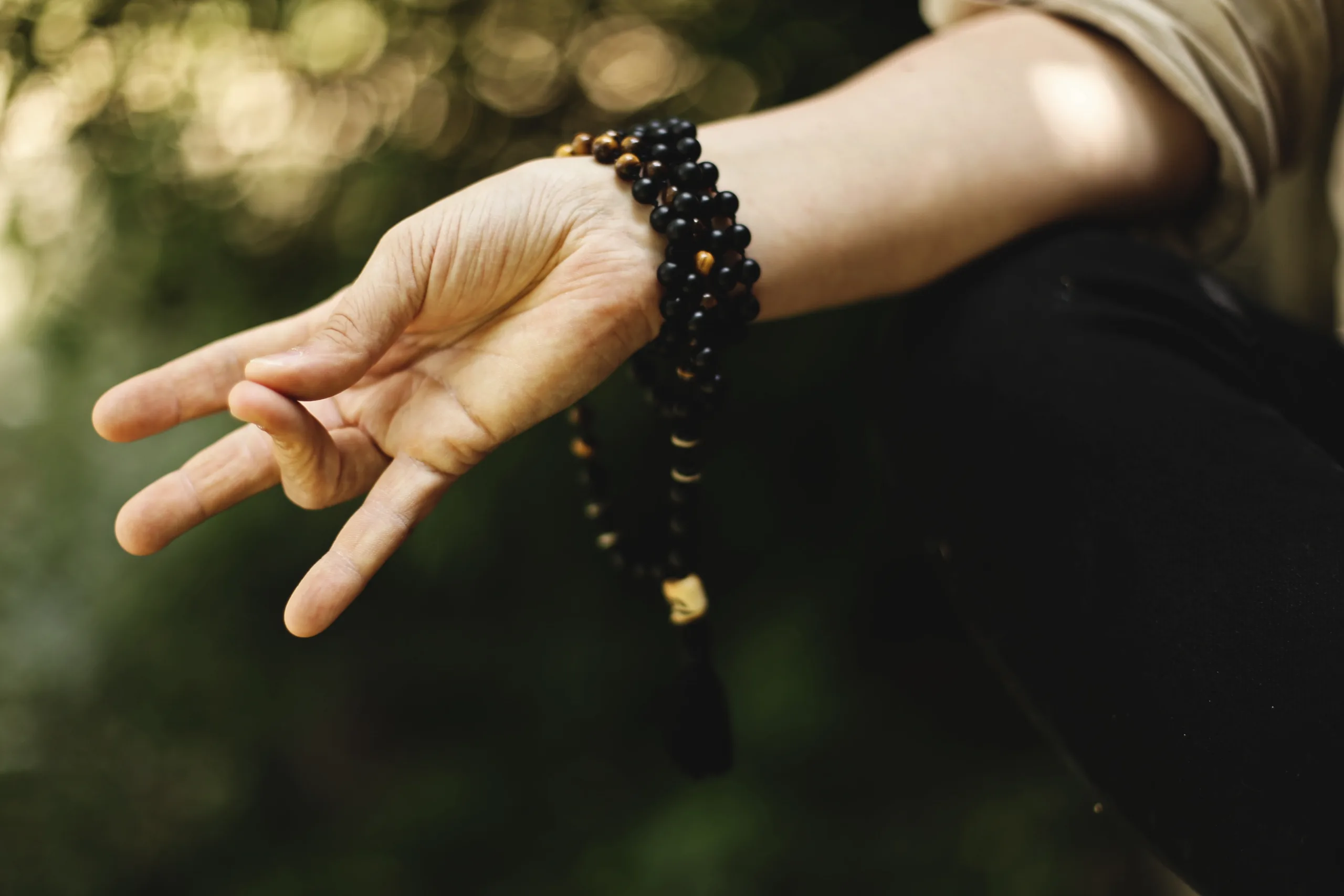Finger Yoga: Strengthen Your Hands and Boost Mind-Body Connection
Introduction
In today’s fast-paced world, where keyboards and touchscreens have become an integral part of our daily lives, the health and well-being of our hands often take a backseat. However, the concept of finger yoga has emerged as a popular practice to counteract the negative effects of repetitive motions and maintain the dexterity of our hands. In this comprehensive guide, we will explore the benefits of finger exercises, delve into the fascinating realm of hand yoga, discuss the optimal duration for finger exercises, provide tips on slimming your hands and fingers, and uncover the relationship between finger exercises and brain health. So, let’s dive in and discover the transformative potential of finger yoga!
Are Finger Exercises Good for You?
Finger exercises offer a plethora of benefits for your overall well-being. Not only do they help strengthen the muscles in your hands and fingers, but they also enhance flexibility and improve blood circulation. Engaging in regular finger exercises can alleviate stiffness, reduce the risk of repetitive strain injuries (RSIs), and promote joint health. Additionally, finger exercises stimulate nerve endings, boosting sensory awareness and tactile sensitivity.
What is Hand Yoga?
Hand yoga, also known as mudra yoga, is a holistic practice that combines the power of finger exercises with mindful breathing and meditation techniques. Derived from ancient yogic traditions, hand yoga focuses on specific hand gestures, or mudras, which channel energy throughout the body. These mudras can be performed anywhere, anytime, making hand yoga an accessible and versatile practice for individuals of all ages and fitness levels.
Popular Hand Mudras in Hand Yoga
- Gyan Mudra: This mudra, formed by touching the tip of the thumb and index finger, promotes knowledge, wisdom, and concentration. It can be practiced during meditation or while studying to enhance cognitive abilities.
- Prithvi Mudra: By joining the tip of the thumb and ring finger, this mudra is believed to increase stability, promote grounding, and foster a sense of security and confidence.
- Varuna Mudra: The Varuna mudra, created by touching the tip of the little finger and thumb, is associated with balancing the water element in the body. It is known to alleviate dehydration, dry skin, and digestive issues.
How Long to Do Finger Exercises?
The ideal duration for finger exercises may vary depending on individual needs and preferences. However, dedicating at least 10-15 minutes per day to finger exercises can yield noticeable benefits over time. It is crucial to listen to your body and avoid overexertion. Start with gentle stretches and gradually increase the intensity and complexity of the exercises as your hands become more conditioned. Consistency is key; make finger exercises a regular part of your daily routine to maximize their effectiveness.
How Can I Slim My Hands and Fingers?
If you’re looking to slim down your hands and fingers, incorporating finger exercises into your fitness routine can be a game-changer. While spot reduction is not possible, targeted exercises can help tone the muscles in your hands and fingers, giving them a more streamlined appearance. Additionally, maintaining a healthy lifestyle with a balanced diet, regular exercise, and adequate hydration can contribute to overall weight management and help you achieve your desired results.
FAQs
Q: Do finger exercises help the brain?
A: Yes, finger exercises can benefit the brain in several ways. The intricate movements involved in finger exercises stimulate neural pathways, enhancing hand-eye coordination and motor skills. Moreover, finger exercises engage both hemispheres of the brain, promoting cognitive function, memory retention, and creative thinking.
Q: Can you build muscle in your fingers?
A: While the muscles in our fingers are relatively small compared to those in our major muscle groups, regular finger exercises can increase their strength and endurance. By targeting the finger flexor and extensor muscles, you can develop better control and dexterity in your hands, facilitating various activities that require finger strength, such as playing a musical instrument or typing.
Conclusion
Finger yoga, with its myriad benefits for hand health and mind-body connection. It has emerged as a powerful practice in today’s technology-driven world. By incorporating finger exercises and hand mudras into your daily routine, you can strengthen the muscles in your hands, improve flexibility, and enhance sensory awareness. Moreover, the positive impact of finger exercises on brain health and cognitive function cannot be understated. So, unlock the potential of your hands, embark on a journey of self-discovery through finger yoga. Experience the transformative power it brings to your life.
External Links:
